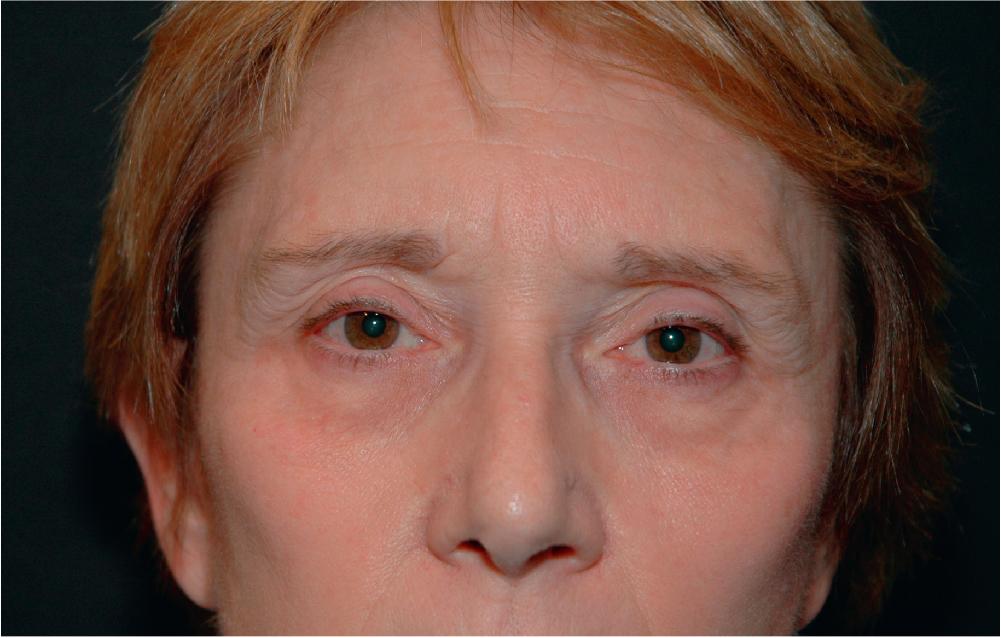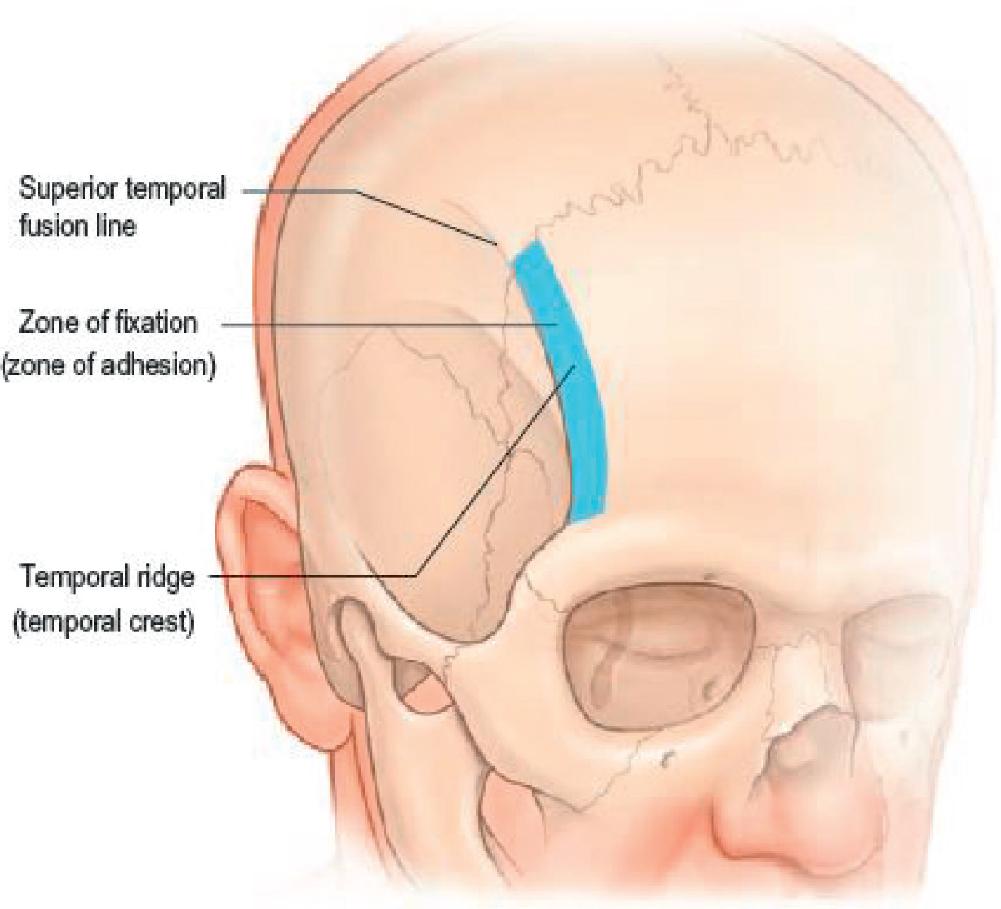Physical Address
304 North Cardinal St.
Dorchester Center, MA 02124
Facial rejuvenation surgery encompasses all those procedures with the goal to make a patient look younger. In most cases, patients seeking rejuvenation surgery wish to turn back the clock, rather than to undergo fundamental changes in their appearance. In view of these facts, facial rejuvenation surgery intersects with facial skeletal considerations in two ways. First, we must consider the existing facial shape, highly influenced by the underlying facial skeleton, because it dictates the type of soft tissue surgery that can or should be done. Second, age-related changes in the facial skeleton must be considered in the design of surgical procedures to rejuvenate the aging face. In the aging human face, soft tissue changes are only part of the story.
The aging face undergoes changes in three anatomic components: the skeleton (see Chapter 13 ), soft tissue (see Chapters 9 and 34 ), and the overlying skin. In this chapter, we will review the various surgical procedures available for facial rejuvenation and discuss how the state of the underlying skeleton influences the choice and performance of these procedures. Skin rejuvenation procedures will not be discussed.
The most expressive part of the human face is the periorbital region. The eyes are framed by the eyebrows above and the lid–cheek junction below; alteration in either of these components will significantly influence facial appearance. Much has been written about the proper position and shape of the human eyebrow. Historically, patients have taken these variables into their own hands with eyebrow-shaping methods, such as eyebrow plucking, makeup, and tattoos. Studies have demonstrated that the level (height) of the eyebrows may or may not change over time, with many patients having a stable eyebrow position throughout their lives. Some patients demonstrate higher eyebrows with aging, likely due to chronic frontalis contraction, which, in turn, can be stimulated by incipient senile ptosis. The patient who lifts the eyebrow complex may also reveal a hollow upper lid sulcus, caused by fat atrophy and the underlying bony changes in the orbital skeleton. , However, about 50% of individuals develop eyebrow ptosis, which can be seen in the entire eyebrow, in just the medial brow, or most commonly, in just the lateral third of the brow. Some patients develop both brow ptosis and hollowing of the upper lid sulcus, a condition that must be managed carefully; elevating the brow without filling the sulcus will create an overly hollow upper lid sulcus ( Fig. 38.1 ).

In the patient seeking forehead rejuvenation solely because of frown lines, treatment is generally limited to the injection of Botulinum toxin into the frown musculature. Small changes in brow shape can be accomplished with this method, as well as with injection of the lateral orbicularis. Some younger patients may have a congenital brow shape they wish corrected and for which surgery is the best option. The most common example is the downturned lateral brow, which gives people a sad or tired look. In the older individual who seeks facial rejuvenation, the forehead should always be reviewed in conjunction with an assessment of the upper eyelids and the upper lid sulcus. The upper eyelid–brow junction is an interrelated anatomic zone, where the function of any one part affects the other components in the zone. For the facial rejuvenation patient who is a candidate for brow surgery, surgical procedures are typically aimed at elevating all or part of the eyebrow complex.
Underlying the entire forehead is the frontal bone. It can be convex (a feminine trait) or flatter (a masculine trait), with a supraorbital ridge—more pronounced in the male. Laterally, the frontal bone is crossed by a curved ridge called the temporal crest (also called temporal ridge or superior temporal fusion line of the skull ). This palpable landmark separates the temporal fossa and the origin of the temporalis muscle from the forehead portion of the frontal bone ( Fig. 38.2 ). It also marks a change in nomenclature as the soft tissue planes transition from lateral to medial. The deep temporal fascia covering the temporalis muscle attaches along the temporal ridge and continues medially as the periosteum attached to the frontal bone. The superficial temporal fascia (also known as temporal parietal fascia ) continues medially as the galea aponeurotica, which encompasses the frontalis muscle.

The surgical significance of the temporal crest line is that all fascial layers are tethered to bone in a band approximately 5 mm wide immediately medial to the palpable ridge. This has been called the zone of fixation or zone of adhesion. Where this zone approaches the orbital rim at its inferior end, the fascial attachment widens and becomes denser, forming the orbital ligament, also known as the temporal ligamentous adhesion. All fascial attachments in this region must be released from bone when a full-thickness forehead flap is being repositioned to elevate the lateral eyebrow. Inferior temporal septum and orbicularis–temporal ligament are terms that describe the criss-crossing white fibers which loosely attach the superficial to the deep temporal fascia in the midtemple. The inferior temporal septum is a useful landmark during dissection from above because it separates the safe upper zone containing no vital structures from the lower zone, where facial nerve branches travel in the cavity’s roof. The medial zygomatic temporal vein (sentinel vein) is also present in this lower zone, adjacent to the lateral orbital rim. The temporal branches pass immediately superior to this vein.
Surgical techniques available for forehead rejuvenation are numerous. Simple frown muscle modification can be done through the upper sulcus (blepharoplasty) approach or through the endoscopic approach from above. Brow lifting or reshaping can be done through the open coronal approach (incision within the scalp or at the anterior hairline), the endoscopic approach, the isolated temple lift, various subcutaneous lifts (incisions at the eyebrow, in a transverse brow crease or at the hairline), or transblepharoplasty browpexy.
The shapes of the frontal bone and the supraorbital ridge have a significant role to play in facial feminization surgery, where the prominence of the ridge can be reduced (see Chapter 43 ). Similarly, in the patient with a retrusive forehead in relation to the supraorbital rim, augmentation of the frontal bone may be indicated (see Chapter 42 ). In the setting of facial rejuvenation, patients who may present for forehead surgery can benefit from either of these techniques.
The underlying shape of the frontal bone can significantly influence the endoscopic brow lift procedure. When the underling forehead is flat, the view through the endoscope will be direct, and the surgical instruments will be easy to manipulate. When the forehead is convex, the endoscopic view can be impaired because the operator is using a straight scope to look around a curved surface. Also, straight endoscopic instruments will be more difficult to use in this setting. To deal with this issue, the entry incision for the endoscope can be made closer to the hairline than normal, at the anterior hairline or potentially within a transverse brow crease. Unlike the endoscope itself, endoscopic instruments can be curved or malleable, enabling the surgeon to work around a curved frontal bone.
In addition to affecting the ease of doing endoscopic surgery, the convex forehead also tends to limit the effectiveness of the brow lift itself—be it endoscopic or open coronal. This difficulty is compounded when the convex forehead exists in conjunction with a high hairline.
Become a Clinical Tree membership for Full access and enjoy Unlimited articles
If you are a member. Log in here